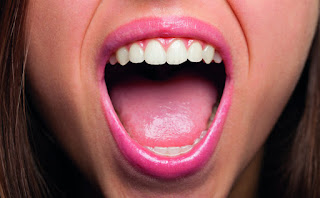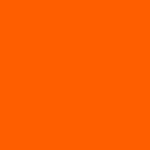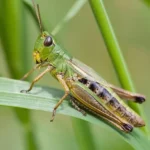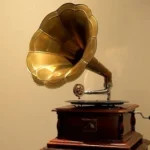
In animal anatomy, the mouth, also known as the oral cavity, buccal cavity, or in Latin cavum oris, is the opening through which many animals take in food and issue vocal sounds. It is also the cavity lying at the upper end of the alimentary canal, bounded on the outside by the lips and inside by the pharynx and containing in higher vertebrates the tongue and teeth. This cavity is also known as the buccal cavity, from the Latin bucca (“cheek”).
Plaque is a residue that is made up of excess bacteria in the mouth.
If you brush for two minutes, twice a day, every day, for most of your life, you’ll be brushing for between 70 and 80 total days!
The tongue is the only muscle in the human body that works without any support from the skeleton.
Teeth are like your bones, and are alive. They have their own blood supply, and nerves. Teeth form inside the jaw, and are protected by your gums (the pink stuff around the teeth). The top part of the teeth, what can be seen, is called the crown.
One third of your tooth is hidden underneath your gums.
Your enamel is the hardest substance in your body.
Green tea contains antiseptic properties, which can help to keep your gums healthy.
The hardest stuff in your body is part of your teeth, and is what is on the outside of the crown. It is called enamel.
There are approximately 10,000 taste buds in our mouth, of which most are located on the tongue.
Your smile is as unique as your fingerprint.
There are 3 other parts of the tooth – the dentin, which is softer than enamel and makes up most of the tooth, then the pulp (which has blood vessels and nerves, and is very soft), and lastly the root, which hold the tooth in place.
We produce about 37,854 litres of saliva during our lives – enough to fill two swimming pools.
People used to believe tooth pain was caused by tooth worms.
Kids have about 20 teeth by the time they turn 3. These are just temporary, and are called primary teeth. By age 5 or 6, the permanent teeth start coming in, which pushes these small teeth out (this is why you lose your teeth when you’re young). After these teeth come in, adults end up having 32 teeth.
Smiling helps you live longer. Every time you smile, your body produces greater amounts of antibodies, giving you an immunity boost.
There are about 300 different kinds of bacteria in your mouth.
The mouth also contains a couple of other objects, such as the uvula (the dangling thing at the back of your throat), the tongue, the tonsils (look like little pillars holding up the back of the throat, by the uvula), and the palate (the roof of the mouth).
All humans have 20 baby teeth that will eventually fall out and make way for their permanent adult teeth, of which we have 32.
Three pairs of salivary glands are also in your mouth. These glands are responsible for putting saliva (or spit) into your mouth. The saliva helps to lubricate the food, and also contains enzymes that help break down sugars before they get to your stomach.
You only see about two thirds of your teeth.
Did you know that 85% of people can curl their tongue into a cube?
Without saliva, we would not be able to taste anything.
Your tongue is made up of groups of muscles running in different directions, which helps it do all of its jobs. The front of the tongue makes sounds with some help from the teeth, and also helps push your food around. The back part of the tongue helps make sounds such as “k” and “g,” and pushes chewed up food down into your esophagus (the long tube that goes to your stomach).
The inside of your mouth contains as many bacteria as there are people on Earth.
Why doesn’t the tongue get swallowed? Look under your tongue and you’ll notice a thin layer of tissue (or membrane) called the frenulum that connects the tongue to the bottom of your mouth. The back part of the tongue is also anchored to the bottom of your mouth – there is no way you can swallow your tongue!
Teeth start to form before you are even born but don’t come through until you are between 6 – 12 months old.
Humans have unique tongue prints, just like we all have unique fingerprints!
Many diseases are linked to oral health including heart disease, diabetes and osteoporosis.
Relative to its size, the tongue is the strongest muscle in the body, and it is also the only muscle that is attached on only one end.
Close your mouth while swimming because chlorine can wear down enamel.









